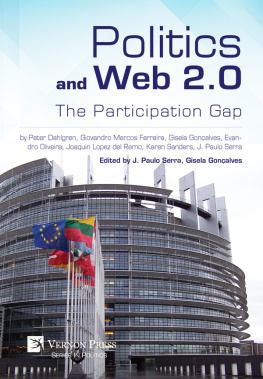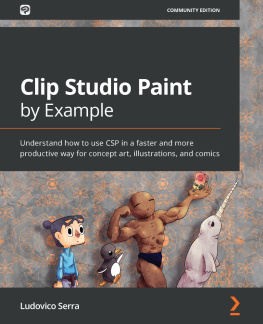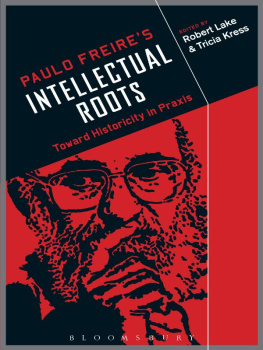A point of departure for this book is the paradox between the seemingly limitless promise modern web technologies hold for enhanced political communication and their limited actual contribution. Empirical evidence indicates that neither citizens nor political parties are taking full advantage of online platforms to advance political participation. This is particularly evident when considering the websites of political parties, which have taken on two main functions: i) Disseminating information to citizens and journalists about the history, structure, programme and activities of the party; ii) Monitoring citizens opinions in regard to different political questions and policy proposals that are under discussion. Despite the integration of websites into political parties permanent campaigns (Blumenthal), television continues to be seen as the core medium in political communication and one-way and top-down communication strategies still prevail. In other words, it is still business as usual.
This book questions whether Web 2.0 could help enhance citizens political participation. It offers a critical examination of the current state of the art from diverse perspectives, highlights persisting gaps in our knowledge and identifies a promising stream of further research. The ambition is to stimulate debate around the party-citizen "participation mismatch" and the role and place of modern web technologies in this setting.
Each of the included chapters provide valuable explorations of the ways in which political parties motivate, make use of and are shaped by citizen participation in the Web 2.0 era. Diverse perspectives are employed, drawing examples from several European political systems and offering analytical insights at both the individual/micro level and at broader, macro or inter-societal systems level. Taken together, they offer a balanced and thought-provoking account of the political participation gap, its causes and consequences for political communication and democratic politics, as well as pointing the way to new forms of contemporary political participation.
Politics and Web 2.0:
The Participation Gap
Edited by
J. Paulo Serra
Gisela Goncalves
University of Beira Interior
Vernon Series in Politics
Copyright 2016 by Vernon Press on behalf of the authors.
All rights reserved. No part of this publication may be reproduced, stored in a retrieval system, or transmitted in any form or by any means, electronic, mechanical, photocopying, recording, or otherwise, without the prior permission of Vernon Art and Science Inc.
www.vernonpress.com
Vernon Press is an imprint of Vernon Art & Science Inc.
| In the Americas: | In the rest of the world: |
| Vernon Press | Vernon Press |
| 1000 N West Street, | C/Sancti Espiritu 17, |
| Suite 1200, Wilmington, | Malaga, 29006 |
| Delaware 19801 United States | Spain |
Library of Congress Control Number: 2016939403
Vernon Series in Politics
ISBN 978-1-62273-109-1
Product and company names mentioned in this work are the trademarks of their respective owners. While every care has been taken in preparing this work, neither the authors nor Vernon Art and Science Inc. may be held responsible for any loss or damage caused or alleged to be caused directly or indirectly by the information contained in it.
Contents
J. Paulo Serra and Gisela Gonalves
Giovandro Marcos Ferreira
Joaqun Lopez del Ramo
Karen Sanders
Peter Dahlgren
Evandro Oliveira and Gisela Gonalves
J. Paulo Serra and Gisela Gonalves
List of Figures
4.1
6.1
6.2
6.3
6.4
6.5
List of Tables
3.1
3.2
3.3
6.1
6.2
6.3
6.4
6.5
6.6
6.7
7.1
7.2
7.3
7.4
7.5
7.6
7.7
7.8
7.9
7.10
7.11
7.12
7.13
7.14
7.15
7.16
7.17
7.18
7.19
7.20
7.21
7.22
7.23
7.24
7.25
7.26
Chapter 1
Introduction
J. Paulo Serra and Gisela Gonalves
The starting point of this book is the paradoxical state of the art regarding political communications potential and pitfalls in the Web 2.0 era. In fact, empirical evidence has shown that neither citizens nor political parties have been taking full advantage of online features in regard to political participation. This is particularly evident in the case of political parties websites, which have taken on two main functions: i) Disseminating information to citizens and journalists about the history, structure, programme and activities of the party; ii) Monitoring citizens opinions in regard to different political questions and policy proposals that are under discussion. This means that, in spite of the integration of websites into political parties permanent campaigns (Blumenthal), TV continues to be seen as the core medium in political communication and thus one-way and top-down communication strategies still prevail. In other words, it is business as usual.
Several issues arise from this context. With this book, we aim to keep the debate around the party-citizen participation mismatch alive. Ultimately, we consider it important to inquire as to whether Web 2.0 could help citizens political participation or if a new research stream should be identified. The chapters of this book respond to that challenge and provide valuable explorations of how political parties face the digital online apparatus regarding citizen participation at micro and macro level. The micro level involves research on an individual level, mainly focusing on the practices of individuals, while the macro level is more aimed at an analysis of broader, inter-societal systems. Within the 6 chapters gathered in this book, both levels of analysis are presented and intertwined, which leads to an overarching and thought-provoking discussion about the political participation gap, its causes and consequences for political communication and democratic politics, as well as new forms of political participation in contemporaneity.
The first chapter in the volume critically reflects on the history of communication studies, often focused on the effects of the media, to demonstrate how some characteristics of Web 2.0 provide elements for a communication theory that is able to provide a framework for social changes and the implications of communication processes in social semiosis, i.e. the semiosis of mediatization. In In search of a return to communication (studies) as a factor of social change: Web 2.0 and political participation , Giovandro Marcos Ferreira, from the Federal University of Bahia, Brazil, is concerned with demonstrating the importance of the community, exercising citizenship on and over the internet, and its links with other institutions that are present in the public space. In particular, the author reflects on how the new wider public space can include what are known as extimate operations a play on words that means externalizing the intimate. In other words, it is a space often frequented by emotion, intimacy and passion in public discussions.
Joaqun Lopez del Ramo, from the Universidad Rey Juan Carlos, Spain, presents Descriptive indicators of photojournalistic treatment of political leaders from the standpoint of content analysis . With this research, he uses the content analysis methodology to obtain in-depth, exhaustive and relevant data on how photojournalism deals with political leaders. Moreover, he underlines how stereotypes, ideological bias and an excess or abuse of clichs, especially during electoral campaigns, may explain the distance between the public and politicians, by broadcasting the impression of a prefabricated image, hollow rhetoric or even falseness.













